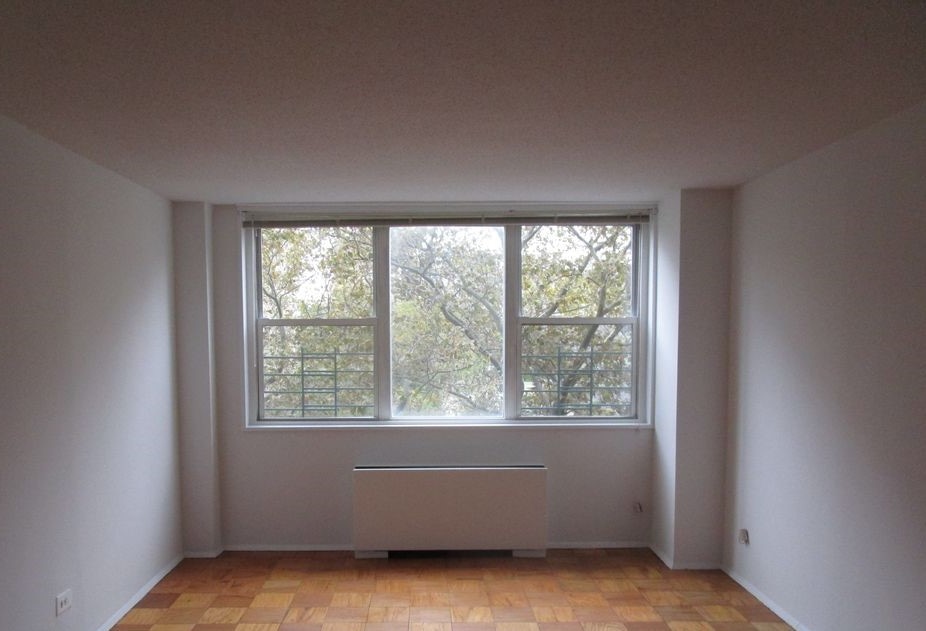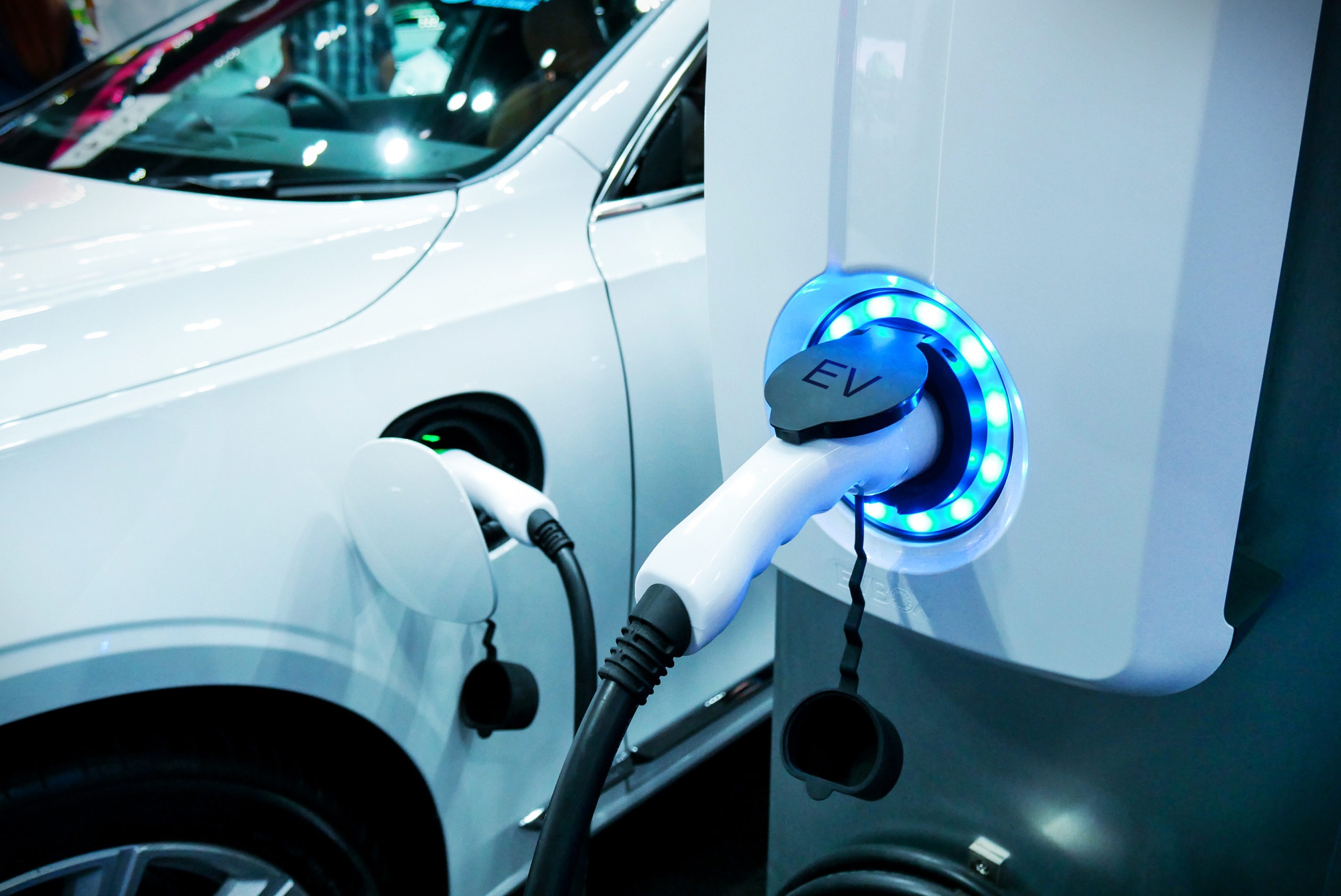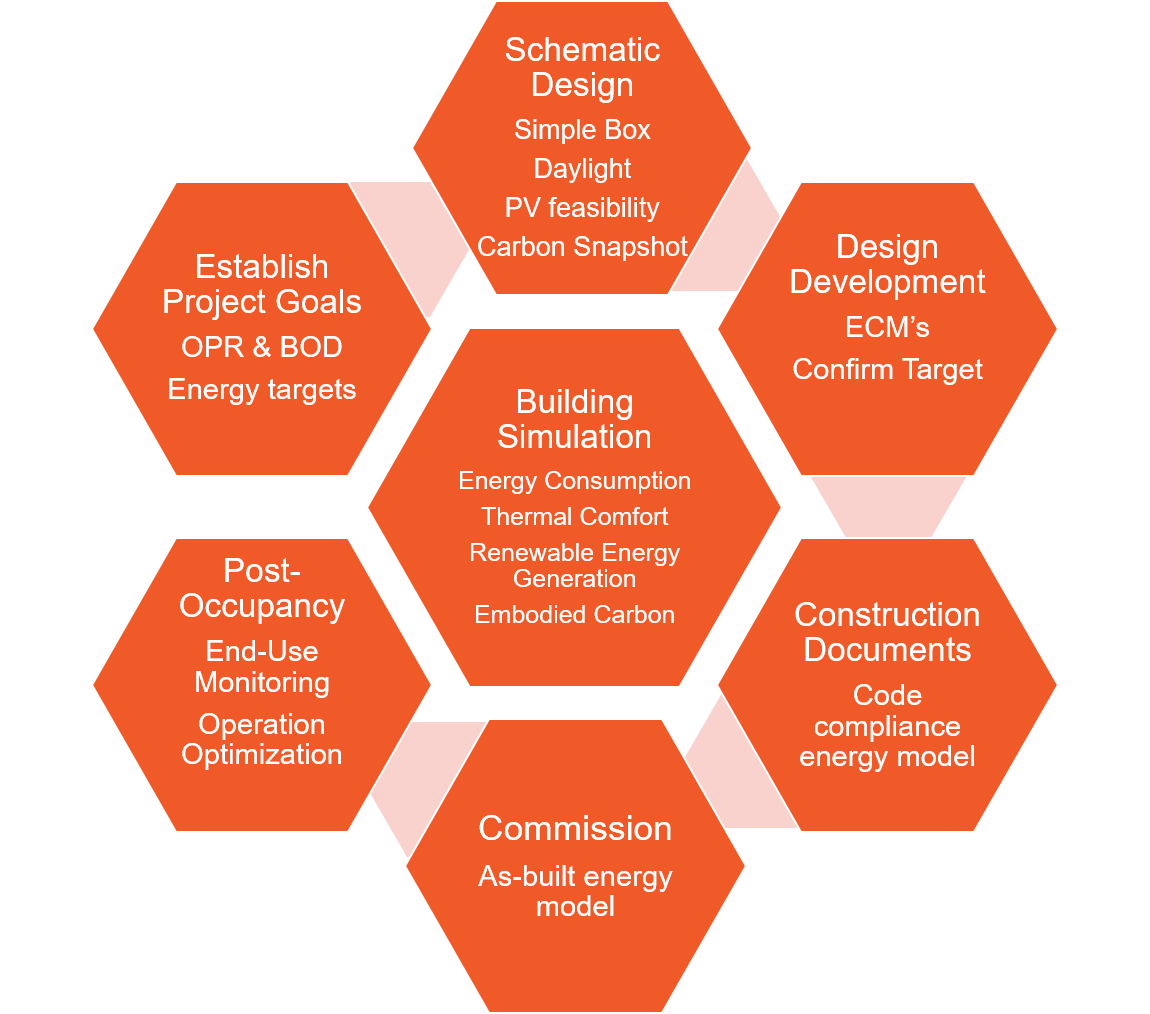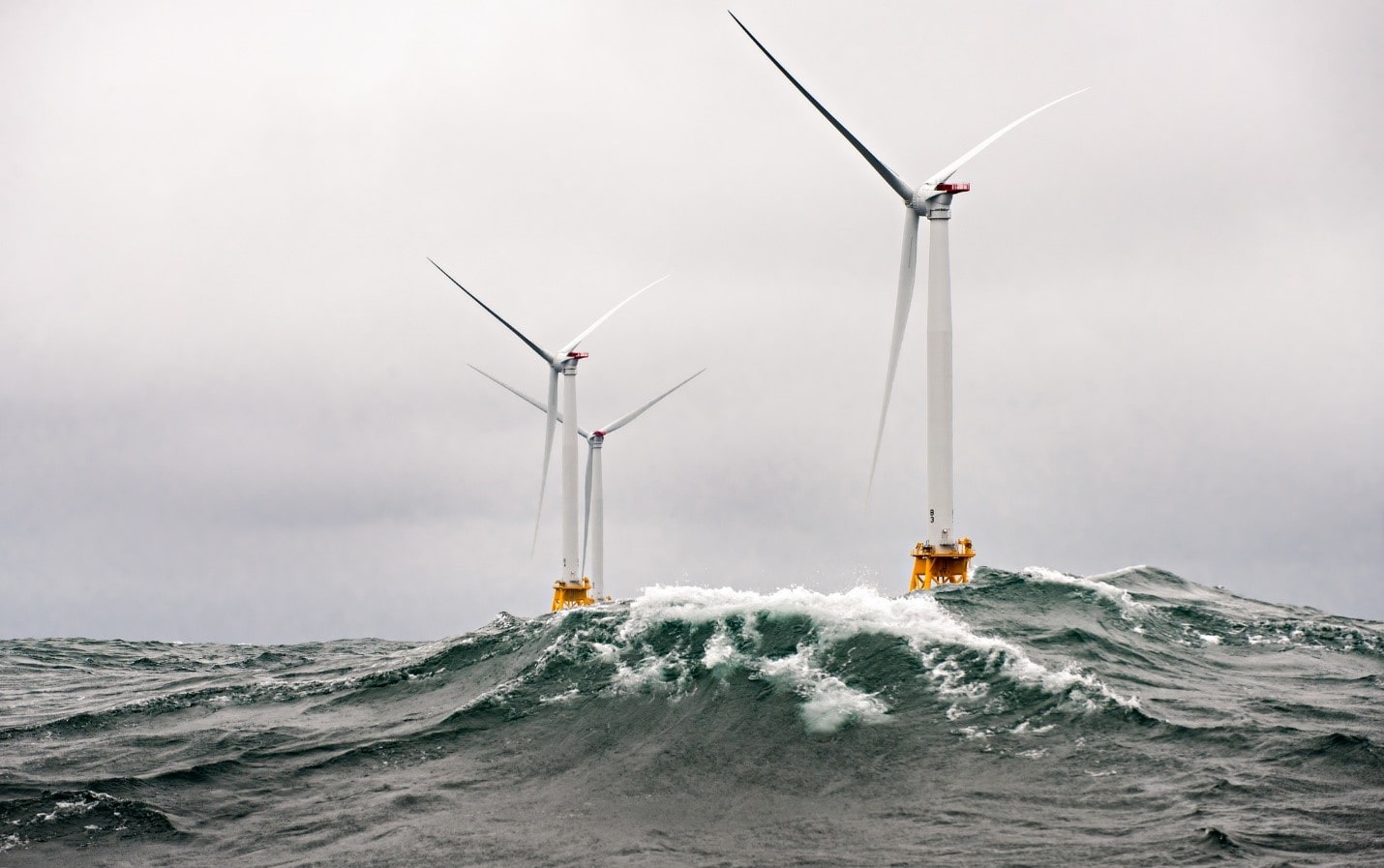In a world where everything seems to be packaged in two layers of plastic, where we are encouraged to constantly discard items to make room for new ones, and where social media drives our desire to consume the newest trends, it can seem impossible to reduce our waste. Living a zero-waste lifestyle seems almost too overwhelming. I find myself wondering, “How can I possibly reduce waste when industries target consumers to do the opposite?” and “Even if I do make changes in my own habits, is it enough to make a difference?”
I struggle with the same paralyzing vastness that Jonathan Chapman mentions throughout his book Emotionally Durable Design. Paralyzing vastness describes the tendency to do nothing when a task seems too large to conquer, instead of taking smaller steps. In the past, the seemingly vast nature of zero-waste living discouraged me from doing anything beyond entry-level recycling, but I realized that minimizing my waste is something worth tackling. Therefore, I will be sharing some ideas for working towards a zero(ish)-waste lifestyle — because going from zero to one hundred, or in this case one hundred to zero can be scary — and I’ll include my experience implementing a few of the ideas myself.
WEEK ONE: Apartment Composting
In blogs and articles that speak on behalf of zero-waste living, the importance of sharing with others and asking for help getting started is most frequently emphasized. For example, my apartment complex does not offer any composting services, but the SWA office does (yay sharing!). For week one, I started composting and designated two small resealable containers — one for food waste, and another for paper towels — that are now living on my kitchen counter. I intended on utilizing these two bins throughout the week, and then bringing them to the office for a dump. If you have the ability to start your own compost bin, that’s great too.
While using paper towels throughout the week, I felt less bad about it knowing that they wouldn’t be going into the landfill, but I developed some questions: If I use the paper towel with cleaning supplies, can it be composted?… Is it worth collecting small bits of food waste when I could just eviscerate them in the garbage disposal?… Are garbage disposals bad for the environment and/or do they affect the energy utilized for wastewater treatment?
(more…)






